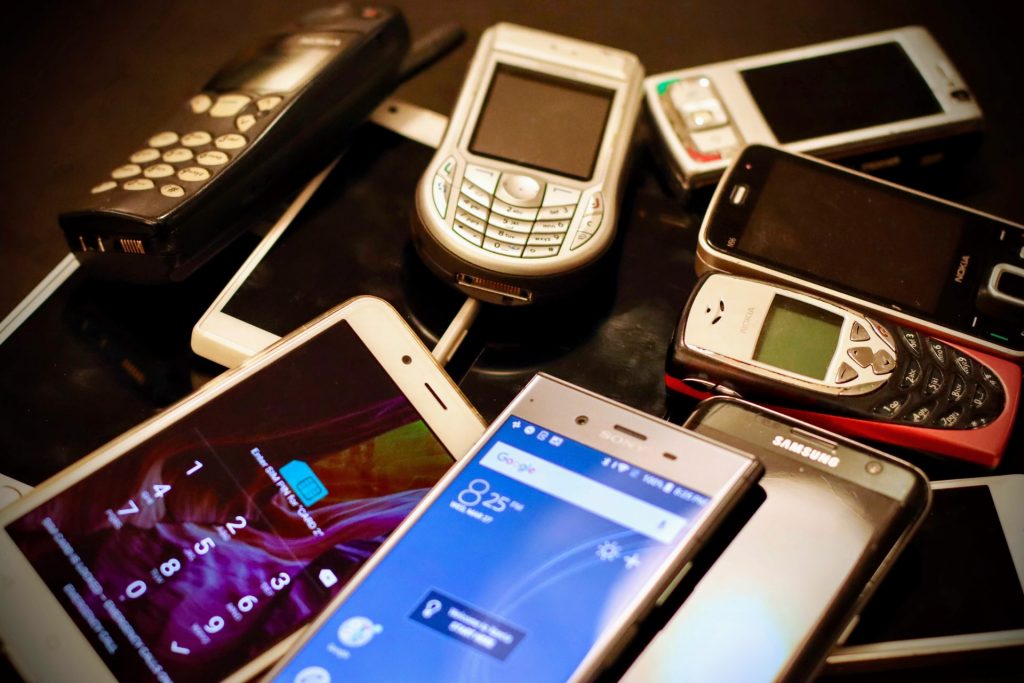We live in a world where 39% of adults would find it difficult to spend $400 for an unforeseen expense, without borrowing or selling something they own. For most of us, personal finance is boring. The idea of forcing yourself to limit your spending habits is certainly not a simple task. However, saving and spending money can turn into a game, a game where you can make your own rules or follow the rules of others.
As a result, fintech innovators came up with a novel approach, that of gamifying spending and savings. They’re using game design techniques to engage people in a non-gaming context. It is a fun and competitive way to challenge yourself and transform savings into a daily routine.
What is Gamification?
It is a way of adding game mechanics into nongame contexts (scoring and winning while competing with others). It is frequently used by businesses in marketing campaigns and loyalty programs, to increase customer engagement and awareness. Gamified products and services stimulate users to reach a financial goal through competition, points, achievements, rules of play, and other methods.
3 Mobile Apps that can help you Gamify your finances
1. Venmo
Simply put, Venmo is a money transfer service. Back in 2013, the company was purchased by PayPal and as we speak, it’s still under their control. It is a mobile-oriented App, without a web feature available. As transactions occur, users can decide to share purchasing habits on a social news feed with other Venmo clients. Many consider it entertaining since users can leave comments and reactions on those transactions that are made public.
This works by linking your bank account (debit or credit card) to the Venmo App. It is very common among millennials and younger tech-savvy users. It got so popular for its innovative way of embracing a new kind of money system. Users can pay family and friends by using a phone number or email address. Transactions are categorized based on spending habits and users can access detailed reports to monitor their financial behavior.
2. Givling
This one is focused on students that need financial support to repay their student loans in a fun and competitive manner. Registered students compete by playing a weekly trivia game on their phones. It was founded by a Stanford University graduate.
Members are randomly assigned to a team of three. To earn points, a team needs to correctly answer several yes-or-no trivia questions to rank higher. At the end of a week, the highest-scoring team gets to split the cash prize three ways. This is available for anyone and a student loan is not required to participate.
For students that need financial support to repay their loans, they need to enroll in a so-called ‘Givling Queue’. To get in the funding queue, students need to collect as many points as they can. Points can be earned by either playing trivia for free, by watching sponsor ads, by purchasing Givling merchandise, by inviting friends to participate, and by following Givling on social media. The maximum amount allocated for a student loan is $50,000.
3. Long Game savings
By downloading the Long Game Savings app, users can create an FDIC (Federal Deposit Insurance Corporation) savings and spending account. Its main goal is to make it fun for users to save money. When participants make a deposit in their savings account, they don’t just earn interest but are also awarded Coins. These coins can then be used to play games with the chance of winning cash and cryptocurrencies. With every financial goal achieved, users can level up and unlock new games as well as features. Cash earned by playing in-app games can be withdrawn at any point in time.
Create your own game to reach a financial goal
Instead of playing by the rules of others, you can get creative and begin to motivate yourself by sticking to your own rules. Here are some ideas that might inspire you.
· Agree on ‘no spend’ weeks
Even if it sounds impossible at first, you don’t need to starve to pass this level. If you are eager to have an unforgettable holiday in the summer, ‘no spend’ weeks during cold and quiet seasons might not be so hard in the end. It can be looked at as a good strategy to take baby steps toward bigger financial targets.
When heading to work, bring your own breakfast and coffee instead of stopping by your favorite drive-thru. Forget about happy hour after work and enjoy your favorite beer at home. See, in the end, you’re still doing the same activities but slightly different. Now, try to keep track of your ‘no spend’ week costs and establish what needs to be changed and if it’s worth doing it.
· Challenge your friends
Create a savings challenge among your friends with a tempting prize. The 52 weeks challenge is an all year competition. To begin, you need to figure out how much money you can put aside each month. Once you find out that amount, add an extra 10% to that number. Simply, divide that number by 52 and you end up with your weekly savings goal. The main purpose of this challenge is to end up saving at least 10% more than you initially thought you could. Based on individual incomes, the one that ends up saving the most wins it all.
· Sell your old stuff
Always think of people in need and if you can, donate relevant items before posting them for sale. However, old electronics and gadgets can be looked at as an unexplored source of income. If you decide to upgrade your laptop or smartphone, sell your old ones rather than leaving them in a drawer for years. The available e-commerce platforms can accommodate your needs and help with your personal finances by selling unused items.

Bottom line
Who said that saving up can’t be fun? If you find it difficult to put money aside or don’t have enough to cover an unforeseen event, it might be the right time to give gamified saving a chance. Stick to your own rules or use any savings solution that matches your personality and motivates you to dream bigger.
At Oveit, we like the idea of making money social and transparent. We plan to enable economy members to share transactions with each other and add social media features, such as comments and likes for purchased products. Economy members will also have the option to set a spending limit, helping them to reach their financial goals in a responsible way. Stay tuned for more!


